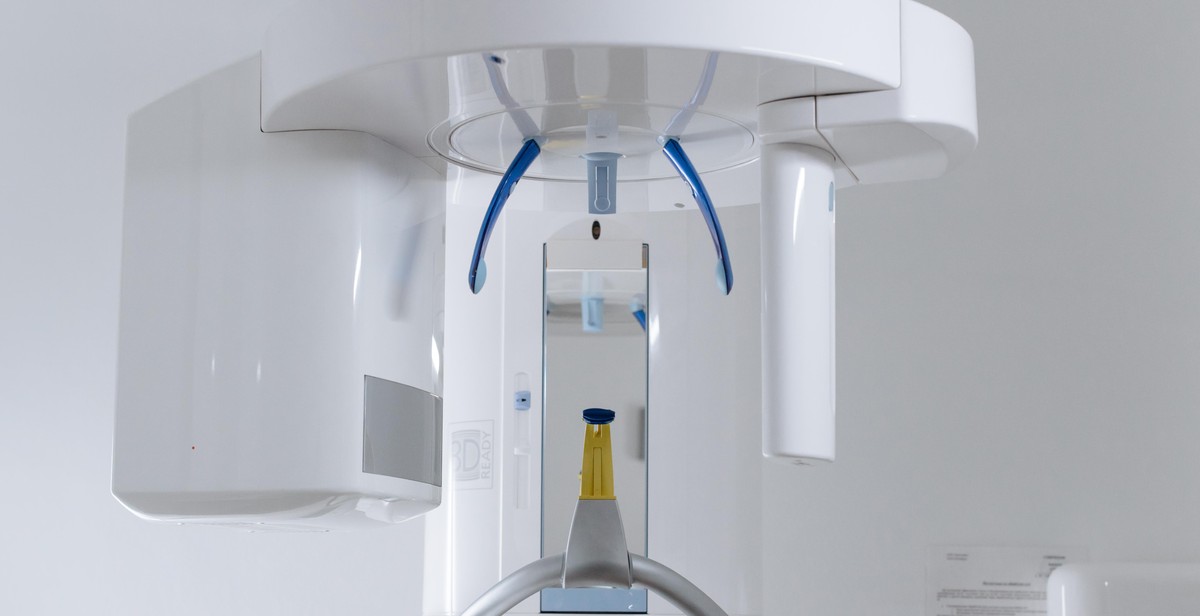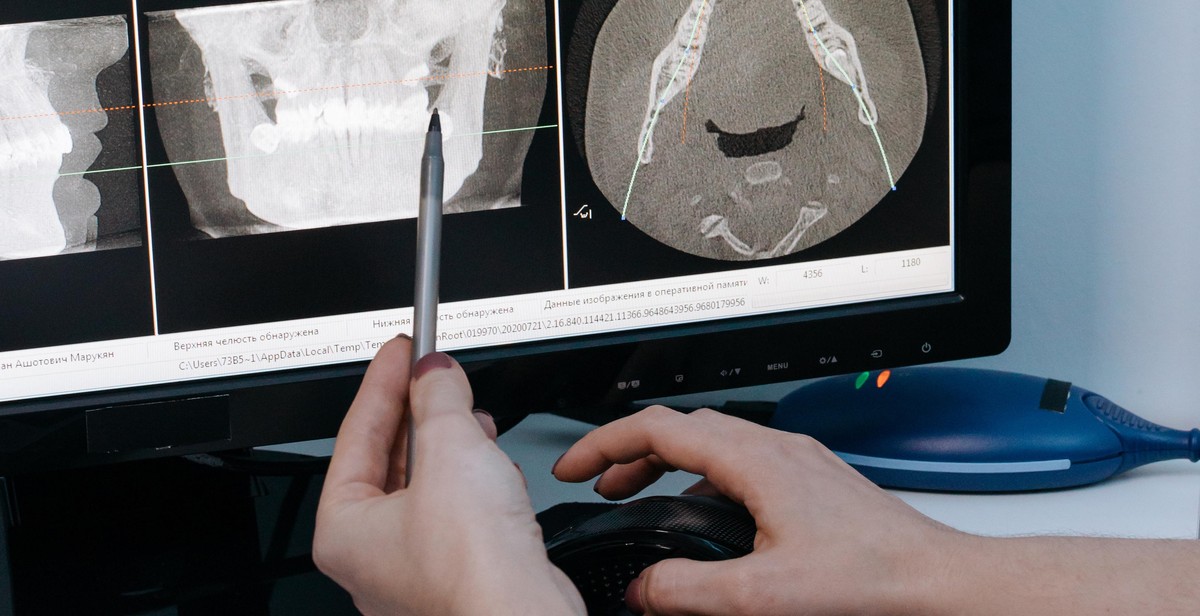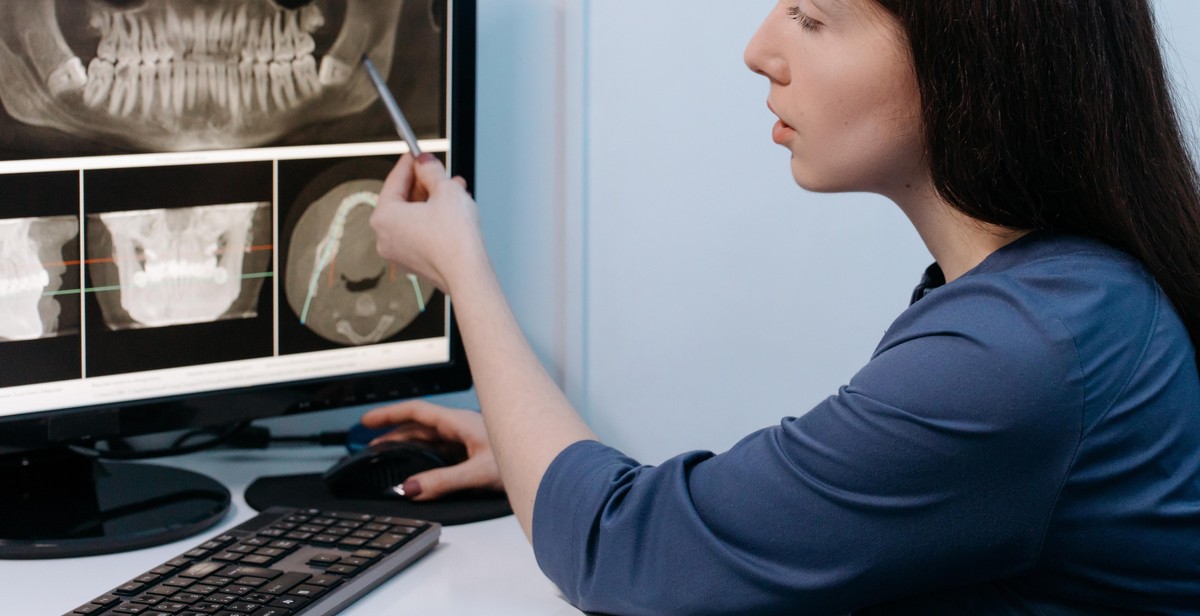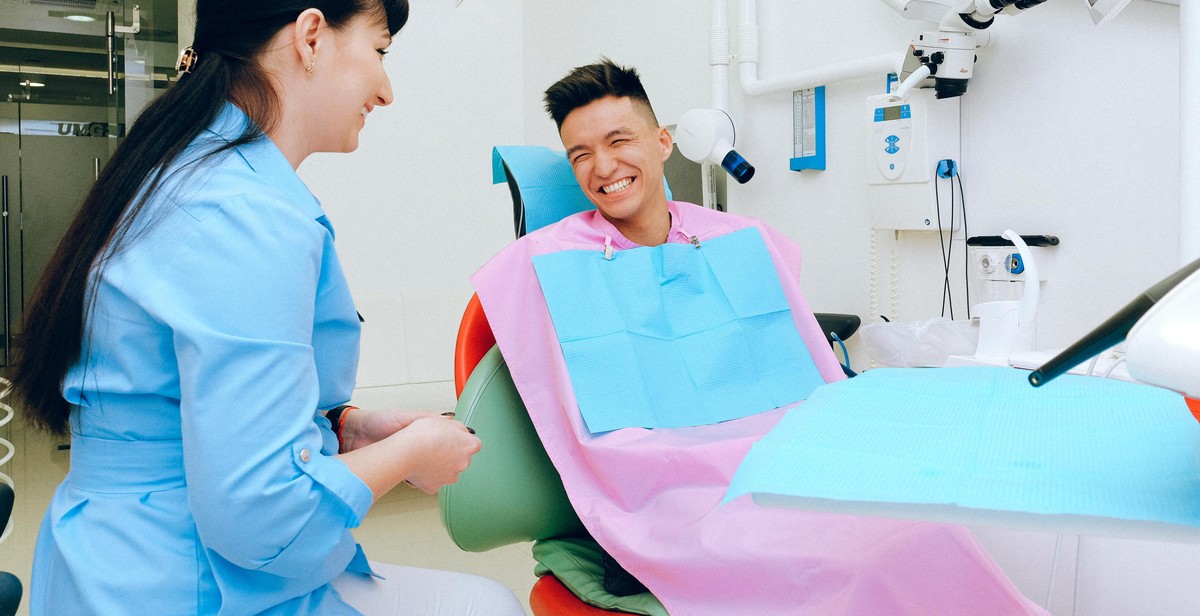Introduction
As a professional dental hygienist with over a decade of experience, I understand the importance of accurate dental imaging for proper diagnosis and treatment planning. Dental X-ray equipment is a vital tool in the dental industry, and calibration is necessary to ensure accurate and reliable images. In this article, I will share my experience with dental X-ray equipment calibration and provide procedures for ensuring accurate dental imaging.
My Experience with Dental X-ray Equipment Calibration
During my years of practice, I have encountered various issues with dental X-ray equipment, including poor image quality, blurry images, and exposure errors. These issues can lead to inaccurate diagnosis and treatment planning, which can compromise patient care. Calibration of dental X-ray equipment is essential to prevent such issues and ensure accurate imaging.
My experience with dental X-ray equipment calibration has taught me that it is a complex process that requires attention to detail and adherence to specific procedures. It involves adjusting the X-ray machine to produce reliable and consistent images while minimizing radiation exposure to patients and staff.
Through this article, I aim to provide an in-depth guide on how to calibrate dental X-ray equipment. The procedures outlined here are based on my personal experience and best practices in the dental industry.

Why is Dental X-ray Equipment Calibration Important?
Dental x-ray equipment calibration is an essential process to ensure accurate dental imaging. Inaccurate dental imaging can lead to misdiagnosis, incorrect treatment, and even legal consequences. Therefore, it is crucial to understand the risks of inaccurate dental imaging and the regulatory requirements for dental x-ray equipment calibration.
The Risks of Inaccurate Dental Imaging
Inaccurate dental imaging can result in several risks, including:
- Misdiagnosis: Inaccurate dental imaging can lead to misdiagnosis, which can result in incorrect treatment and harm to the patient.
- Incorrect Treatment: Inaccurate dental imaging can result in incorrect treatment, which can cause harm to the patient and may even lead to legal consequences.
- Legal Consequences: Inaccurate dental imaging can result in legal consequences, including malpractice suits, which can be costly and damaging to a dental practice’s reputation.
Regulatory Requirements for Dental X-ray Equipment Calibration
Regulatory bodies, such as the FDA and state dental boards, require dental x-ray equipment calibration to ensure the safety and accuracy of dental imaging. The FDA requires dental x-ray equipment to meet performance standards outlined in the Code of Federal Regulations (CFR) Title 21 Part 1020.30. These standards include:
- Maximum radiation exposure limits for patients and operators
- Minimum image quality standards
- Equipment design and performance requirements
In addition to federal regulations, state dental boards may have their own specific requirements for dental x-ray equipment calibration. Failure to comply with these regulatory requirements can result in legal consequences and harm to patients.
| Risks of Inaccurate Dental Imaging | Regulatory Requirements for Dental X-ray Equipment Calibration |
|---|---|
| Misdiagnosis | Maximum radiation exposure limits for patients and operators |
| Incorrect Treatment | Minimum image quality standards |
| Legal Consequences | Equipment design and performance requirements |
Overall, dental x-ray equipment calibration is essential to ensure accurate dental imaging and prevent harm to patients. Dental practices must comply with regulatory requirements to avoid legal consequences and protect their reputation.

How Often Should Dental X-ray Equipment be Calibrated?
Calibrating dental x-ray equipment is crucial to ensure accurate and consistent imaging. The frequency of calibration depends on various factors, including manufacturer recommendations and frequency of use.
Manufacturer Recommendations
Manufacturers provide guidelines on how often to calibrate their dental x-ray equipment. These recommendations are based on the equipment’s design, components, and intended use. Following these guidelines ensures that the equipment functions correctly and produces accurate images.
It is essential to adhere to the manufacturer’s recommendations for calibration frequency. Failure to do so may void the warranty, compromise the equipment’s performance, and lead to inaccurate imaging.
Frequency of Use
The frequency of use also plays a significant role in determining how often dental x-ray equipment should be calibrated. Equipment that is used more frequently requires more frequent calibration. For example, a busy dental practice that uses its x-ray equipment multiple times a day will need more frequent calibration than a practice that uses it only a few times a week.
Equipment that is used in harsh environments or subjected to regular wear and tear may also require more frequent calibration. In such cases, it is essential to monitor the equipment’s performance regularly and schedule calibration as needed.
Conclusion
Calibrating dental x-ray equipment is essential to ensure accurate and consistent imaging. Following the manufacturer’s recommendations and considering the frequency of use are crucial factors in determining how often to calibrate the equipment. Regular calibration ensures that the equipment functions correctly, produces accurate images, and prolongs its lifespan.

Steps for Calibrating Dental X-ray Equipment
Calibrating dental x-ray equipment is crucial to ensure accurate dental imaging. Here are the steps to follow:
Step 1: Prepare the Equipment
Before starting the calibration process, ensure that the dental x-ray equipment is clean and free from any debris. Check the power supply and make sure it’s stable. Also, ensure that the equipment is at room temperature.
Step 2: Test the Equipment
Test the dental x-ray equipment by taking a test image. Use a phantom head or any other test object and take an image. Check the image for any artifacts, distortion, or other issues. If you find any issues, note them down for later adjustment.
Step 3: Adjust the Equipment
Adjust the dental x-ray equipment based on the issues you have noted down. For example, if you find any distortion, adjust the equipment’s collimator or cone. If you find any artifacts, adjust the exposure settings or the processing equipment. Check the image again after each adjustment.
Step 4: Verify the Accuracy of the Equipment
After adjusting the dental x-ray equipment, take another test image to verify its accuracy. Use the same test object as before and compare the new image with the old one. If you find any differences, adjust the equipment further until you get the desired results.
By following these steps, you can calibrate your dental x-ray equipment and ensure accurate dental imaging.

Common Issues with Dental X-ray Equipment Calibration
Despite the importance of dental x-ray equipment calibration, there are several common issues that can arise when the equipment is not properly calibrated. The following are some of the most common issues:
Overexposure
Overexposure occurs when the x-ray machine uses too much radiation, resulting in an image that is too dark. This can be caused by a number of factors, including incorrect settings on the x-ray machine or the use of outdated or damaged equipment. Overexposure can be harmful to patients, as it can increase their risk of developing cancer or other health problems.
Underexposure
Underexposure, on the other hand, occurs when the x-ray machine uses too little radiation, resulting in an image that is too light. This can be caused by a number of factors, including incorrect settings on the x-ray machine or the use of outdated or damaged equipment. Underexposure can make it difficult for dentists to accurately diagnose dental problems, as the image may not reveal all of the necessary details.
Fogged Film
Fogged film occurs when the x-ray film is exposed to light or other sources of radiation before it is used. This can result in a blurry, unclear image that is difficult to interpret. Fogged film can be caused by a number of factors, including improper storage of the film or the use of outdated or damaged equipment.
Improper Angulation
Improper angulation occurs when the x-ray machine is not positioned correctly, resulting in an image that is distorted or unclear. This can be caused by a number of factors, including improper training of the dental staff or the use of outdated or damaged equipment. Improper angulation can make it difficult for dentists to accurately diagnose dental problems, as the image may not reveal all of the necessary details.
These common issues can be avoided by ensuring that dental x-ray equipment is properly calibrated on a regular basis. This will help to ensure that the equipment is working correctly and that patients are receiving accurate and safe dental imaging.

Conclusion
Calibrating dental X-ray equipment is a crucial process that ensures accurate dental imaging, which is essential for diagnosis and treatment planning. Regular calibration of dental X-ray equipment helps to maintain the quality of dental images, reduce radiation exposure, and minimize the risk of misdiagnosis.
Importance of Regular Calibration
Regular calibration of dental X-ray equipment is necessary to ensure that the equipment is functioning optimally and producing high-quality images. Failure to calibrate dental X-ray equipment regularly can result in inaccurate images, which can lead to misdiagnosis and improper treatment planning.
Calibration of dental X-ray equipment should be performed by a qualified technician who has the necessary expertise and equipment to perform the procedure accurately. The technician should follow the manufacturer’s guidelines and use the appropriate calibration tools to ensure accurate results.
Benefits of Regular Calibration
Regular calibration of dental X-ray equipment offers several benefits, including:
- Improved image quality
- Reduced radiation exposure
- Minimized risk of misdiagnosis
- Improved patient care
By ensuring that dental X-ray equipment is calibrated regularly, dental professionals can provide their patients with the highest quality care while minimizing the risk of radiation exposure and misdiagnosis.
| Equipment | Calibration Frequency |
|---|---|
| Intraoral X-ray equipment | Annually |
| Extraoral X-ray equipment | Every 2 years |
It is important to note that the calibration frequency may vary depending on the manufacturer’s recommendations and the frequency of use. Dental professionals should consult with a qualified technician to determine the appropriate calibration schedule for their equipment.
Invest in Regular Calibration
Regular calibration of dental X-ray equipment is a worthwhile investment that can improve the quality of patient care, reduce the risk of radiation exposure, and minimize the risk of misdiagnosis. Dental professionals should prioritize regular calibration of their equipment to ensure that they are providing their patients with the highest quality care possible.
